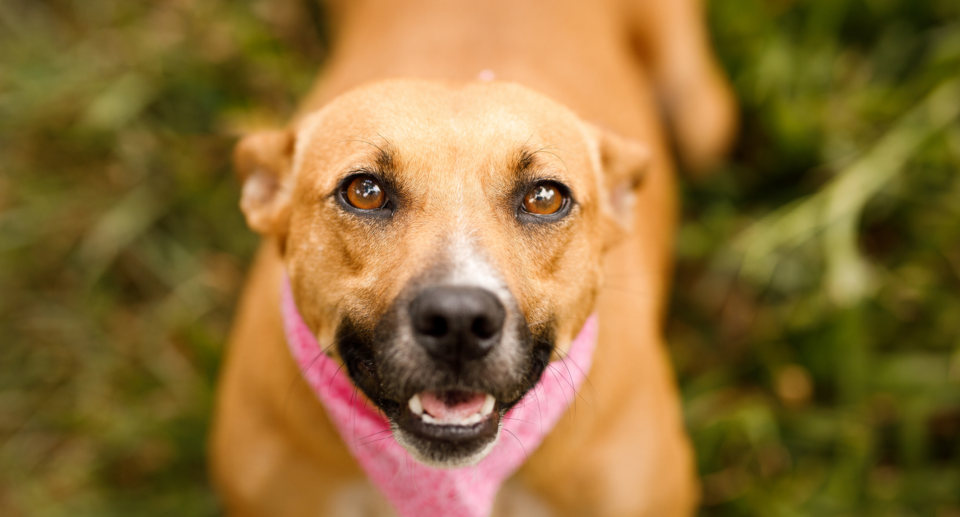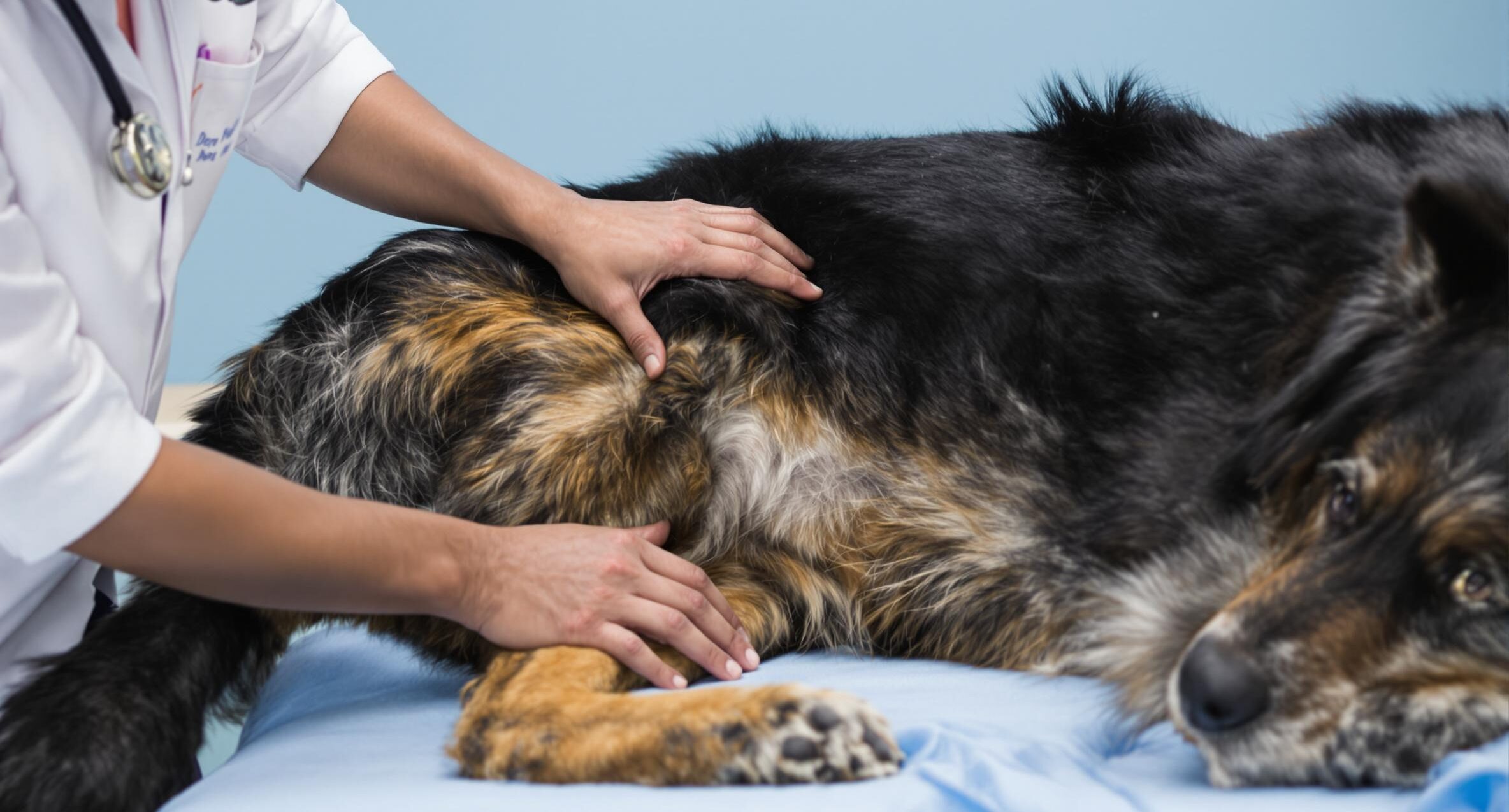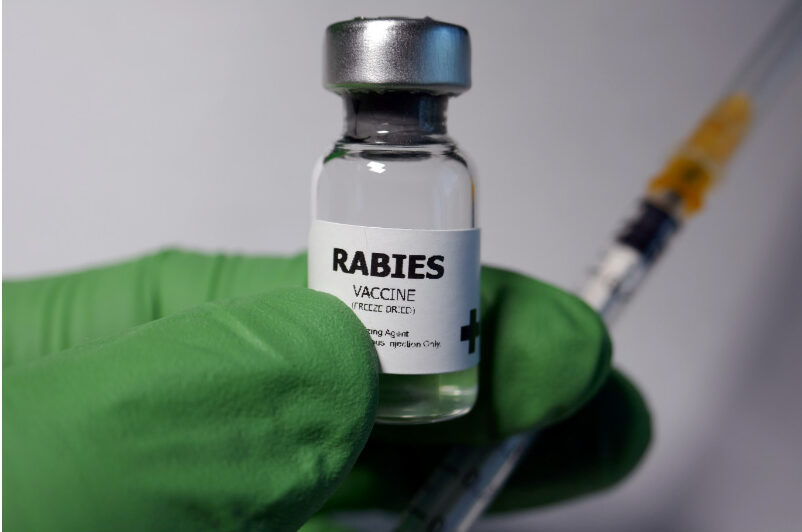5 Most Common Cancers in Dogs

May marks National Pet Cancer Awareness Month, a time to reflect on how cancer impacts our four-legged family members. Approximately 1 in 3 dogs will be diagnosed with cancer in their lifetime. If you have never had a dog with cancer, chances are you know someone who has.
The good news is that we are collectively learning more about how to prevent, early diagnose, treat and even cure cancer in dogs. Read on to find out the five most common cancers in dogs, and what early signs of cancer to look for.
Lymphoma
Lymphoma is among the most common types of cancer that affect dogs, affecting as many as 1 in every 1000 dogs. It includes over 30 sub-types that all affect the immune system. The cells it attacks are the lymphocytes or white blood cells that protect your dog from infection. Lymphocytes are formed in the bone marrow and travel through the lymphatic system to any part of the body to produce an immune response. It usually first appears when it attacks the lymph nodes, and the first sign is often one or more swollen nodes under the jawline or behind the knee. Some forms affect other parts of the body, so there may be early signs like decreased appetite, vomiting, and lethargy.
Osteosarcoma
Osteosarcoma is the most common type of bone cancer that affects dogs, diagnosed in around 10,000 dogs each year. It’s more common in large and giant breeds, and in about 80% of cases, it affects one of the leg bones, though it can affect other bones such as the skull, jaw, pelvis, or ribs. The first signs are usually swelling, limping, and pain in the affected limb. It typically affects large senior dogs over 8 years old, but also seems to affect young dogs shortly after puberty at about two to three years old, possibly due to rapid growth.
Mast Cell Tumors (MCT)
Mast cell tumors affect mast cells, a type of white blood cell that helps defend against infection, and they’re also responsible for allergic reactions. They live throughout the body in connective tissues, especially in the digestive tract and respiratory system. MCTs can also affect the skin and can present as a round, pinkish, or reddish bump that may resemble a harmless insect bite or wart. About 20% of all dogs will eventually develop one or more mast cell tumors (MCTs), but most will be benign. Many cancerous MCTs are low-grade, meaning many dogs are cured with radiation and/or surgical removal. Only a small percentage of MCTs are aggressive and life-threatening. Even so, any suspicious lump or bump should be aspirated by your vet to ensure it does not contain cancer cells.
Hemangiosarcomas (HSA)
Hemangiosarcomas (HSAs) are among the most common canine cancers, causing up to 7% of tumors in dogs. It’s more common in certain large breeds, affecting as many as every 1 in 5 Golden Retrievers. Unfortunately, HSA is one of the most difficult cancers to detect and treat. HSAs affect the cells that line the blood vessels, and in dogs, they typically form around the spleen, but they can also affect the liver, heart, or skin. Slow-growing at first, some dogs live with HSA for years until the tumor becomes large enough to cause intermittent internal bleeding. Symptoms like weakness and lethargy may come and go.
Mammary Cancer
Mammary cancer, which affects the breast tissue, is incredibly common in unspayed female dogs. More than 25% of female dogs that are not spayed until their second heat, or are never spayed at all, will develop a mammary tumor at some point. About 50% of mammary tumors in dogs are malignant. Fortunately, dogs with mammary cancer often have a good prognosis, especially if the tumor is surgically removed while it’s small. It’s also easily preventable, as the risk of developing mammary cancer plummets to 0.5% if your dog is spayed before her first heat (which occurs around 6 to 9 months of age).
Preventing Common Cancers in Dogs
The silver lining in all of this is that cancer presents similarly in dogs as it does in humans. We are learning more and more each year through research studies and life-saving treatment trials for both animals and people. We’re also learning how to prevent cancer in pets by feeding an antioxidant-rich diet and avoiding carcinogens whenever possible.





